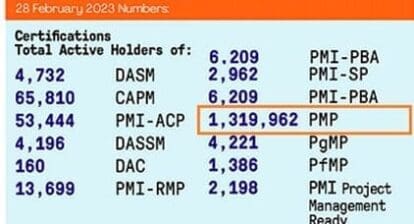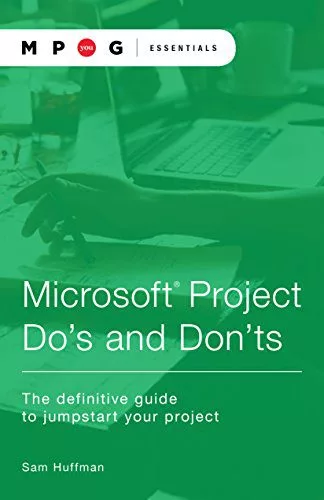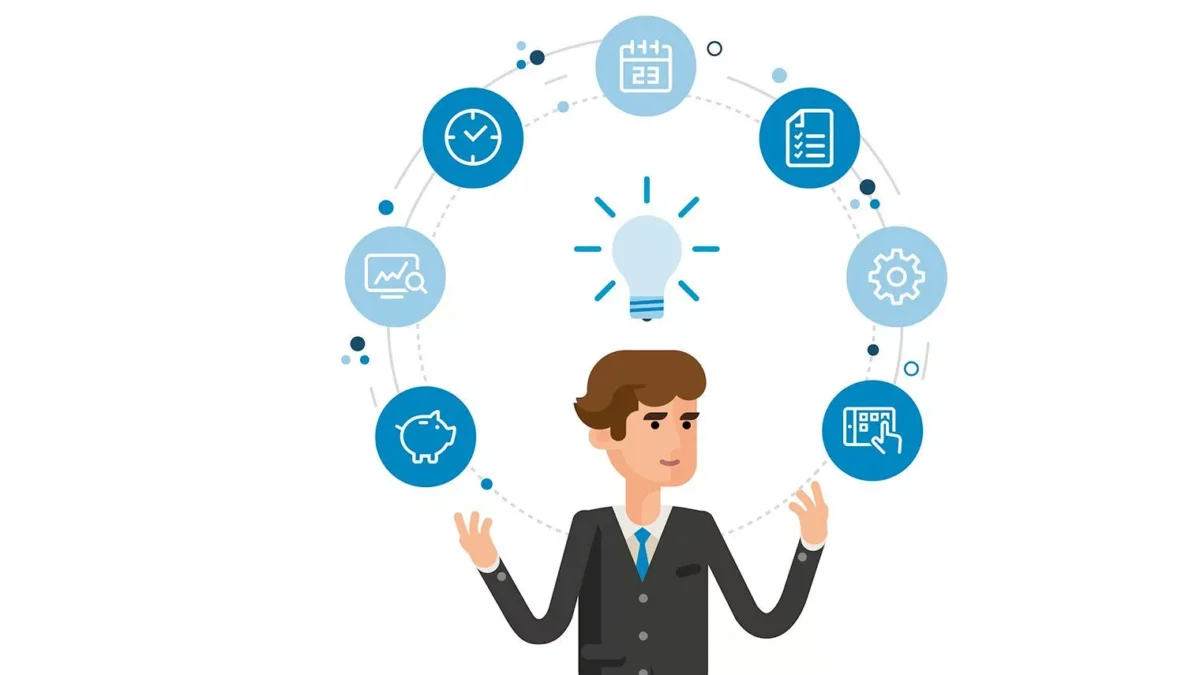 Marie Kondo has inspired millions of people around the world to simplify their lives by purging their closets and tidying their homes. Her simple concept of whether objects “spark joy” has helped many people focus on what matters most and achieve a better quality of life.
Marie Kondo has inspired millions of people around the world to simplify their lives by purging their closets and tidying their homes. Her simple concept of whether objects “spark joy” has helped many people focus on what matters most and achieve a better quality of life.
While your home environment is important, what about all the time you spend at work? According to statistics, the average person spends 13 years and two months of their lifetime at work. This doesn’t even account for overtime; factoring in OT boosts the total by another year and two months.
With all that time spent at work, why not apply Kondo’s principles to clear out and focus the energy you spend there, too? We can all benefit from “tidying up” your work environment, business processes, and project management habits, KonMari-style. In doing so, you will create a serene and organized work environment. You can amp up productivity, creativity, and satisfaction, too.
Clean Up Your Office Space
Your desk (whether in a corner office, a cubicle, or on the couch) is the primary space where you work on the bulk of your projects, so it’s the best place to start your purge and cleanup process. Try to approach it systematically and without sentiment, considering what’s necessary and consistently useful. Chances are, in a business setting, you’ll probably encounter fewer sentimental items than when decluttering your home, but give them consideration, nonetheless; they also have an effect on your mental state. Here’s some suggestions:
- Clear it out. Take everything off of your desk and empty the drawers. Determine which items are useful or spark joy for you. If an item doesn’t meet either criterion, into the giveaway box it goes.
- File or shred. Have piles of documents on top of tables or overflowing from filing cabinets? Shred the documents no longer needed and scan the ones that are still useful.
- Keep contacts, not swag. Awash in promotional swag from companies at past events? Enter the names and contact info of companies you want to keep in your digital address book, then ditch the promo items that don’t have a practical use.
- Move the bulk. Look around your office. Is it cluttered with unused furniture or outdated equipment that is no longer touched? Remove any large items you no longer need.
- Check the layout. Are there any other ways you can open or modernize your workspace?
After decluttering, you might be surprised to find you’ve outgrown your office space. If that’s the case, consider moving to a larger location that allows you to better organize and get down to business. Or, conversely, maybe you no longer need an excessive amount of space and want to downsize instead? If so, consider putting things you need to keep (but not routinely access) in a small storage unit and join a co-working space.
Declutter Your Digital Life
With all the electronic methods used to conduct work, our digital lives have gotten as cluttered as our physical ones. Rather than labor under constant information overload, you can free yourself of what you don’t need. Welcome more organization and stronger productivity with these techniques.
- Control your email. Is your email inbox always full of emails you mean to read, but never do? If so, create specifically named folders and route the appropriate emails into each of them. Delete all emails you no longer need and set stronger email filters to eliminate spam.
- Manage contacts and lists. Clean up your email lists and contacts, and unsubscribe from websites you no longer want to hear from.
- Clear out apps. Uninstall any unused or unnecessary apps. Be sure to close any accounts you no longer use before you delete them.
- Clean up social media. Did you know an outdated or empty profile gives an unprofessional impression? If you aren’t active on an account, consider deleting it. Then focus strictly on the social media channels you actually do use.
- Fix your files. Purge temporary files and excess information on your computer, starting with downloads. Follow up systematically with documents, photos, videos, music, and other items. Back up files that have potential use in the future; purge any files you no longer need. Don’t forget to clear loose files off your desktop, too!
- File in folders. Once you’ve gotten rid of the digital clutter, create new folders so you can easily find information the next time you need to look for it. Give folders clear, descriptive names (using the year as a differentiator can be helpful), and promptly move all files into their appropriate new folders.
Restructure Project Management Habits
Sit back and take a moment to determine the many directions in which you’re currently investing your time and energy. The key to success here is to simplify everything you’re doing. Aim to do fewer things more efficiently. Consider these ideas:
- Keep daily items at hand. Keep any items you use daily within reach. Anything not needed when working on a specific project should be stored away in its proper place.
- Organize by project. Keep items needed for specific projects together in designated places. This includes both physical and digital objects.
- Tie up loose ends. Are unfinished projects hanging over your head? Or projects that were started and then abandoned in favor of others? Tie up loose ends with useful projects and sever ties with those no longer serving a purpose.
- Prepare for major events. When planning for a trade show or conference, for instance, prepare in “chunks” to reduce stress and eliminate the potential for missing a step.
- Weed out old messaging. Evaluate your present marketing initiatives. Which ones are still beneficial to your company’s mission? Jettison any that are not.
- Declutter to focus. Employ a calm, systematic approach to big projects or events. When you use the right tools, such as MS Project and necessary plug in’s for the project, you’ll reduce mind clutter and eliminate stress, allowing for a better focus and more successful projects.
Streamlining your approach to project management will save you both time and energy. Other ways to declutter your business practices include: gently “firing” clients that really aren’t current or ones that aren’t a good fit; cleaning up your sales processes; and seeking clarity on long-term objectives.
To make your hours at work more pleasant, make a commitment to tidying up and eliminating everything you no longer need. Your productivity levels will thank you! Once you eradicate everything unnecessary, you’ll be well on your way to reaching your business goals with a more free and joyful approach.






